You can read about the Travelling Canonet project here. We have over 50 photographers on 4 continents waiting to take part. Two Canonets are involved, each travelling in a different direction. The idea is to take 5 or more shots and then send the camera on to the next person on the list.
The two Canonets being used in this project are at different ends of the same path. The Canonet 28 has crossed the North American continent twice: the original Canonet has travelled less miles, although it has still pictured some diverse scenes.
Below are shots from 6 separate photographers, which strikes me as a great haul.
Alec
“When I saw Bob was thinking of starting The Travelling Canonet I knew that I wanted to be involved. Before long I received an email from Bob telling me that I was the next recipient and a couple of weeks later it arrived. This was the first time I had seen a Canonet in the flesh. What a nice camera it was too, reassuringly heavy, sleek lines and didn’t appear over complicated.
I went for a stroll close to home into the woods near my house in a direction that I had been planning to go for a while. The first couple of shots I couldn’t work out what I was doing wrong there was a huge delay between pressing the button and the shutter releasing, I then noticed that the Timer Ring on the shutter button was set although I wasn’t using the self timer, this is why I ended up taking three almost identical shots at the start of the roll. Thinking that the first couple of shots were wasted I took another using a tripod indoors on my return home.”
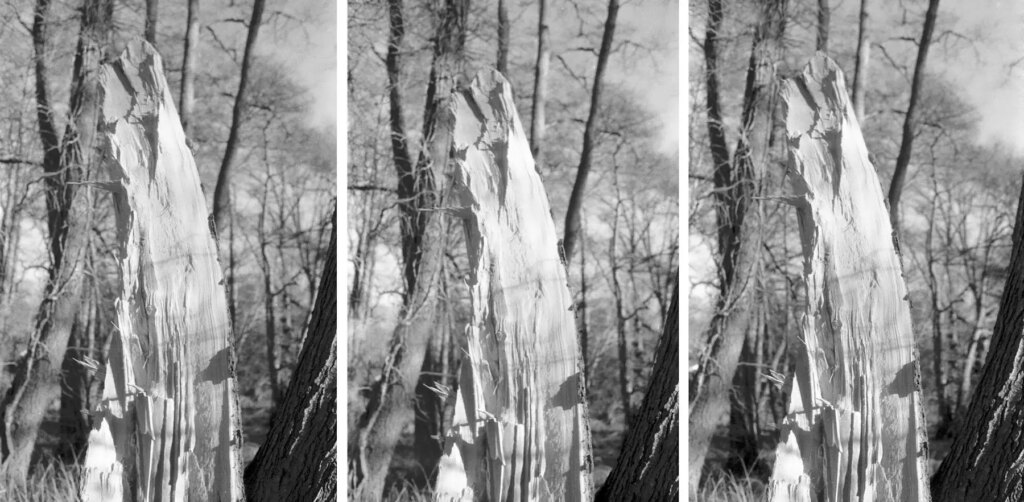
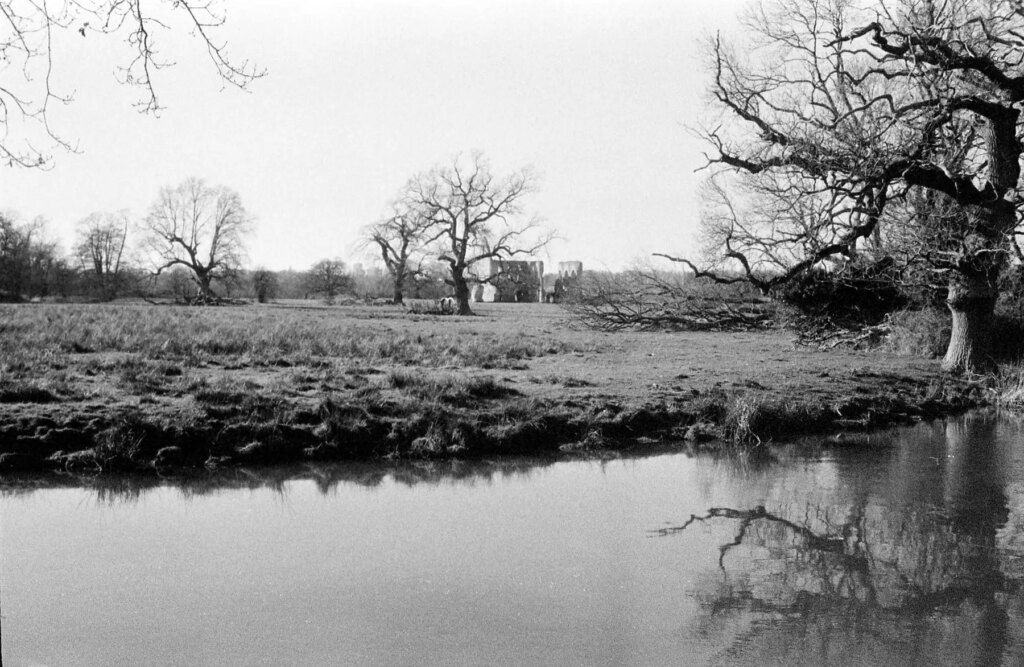
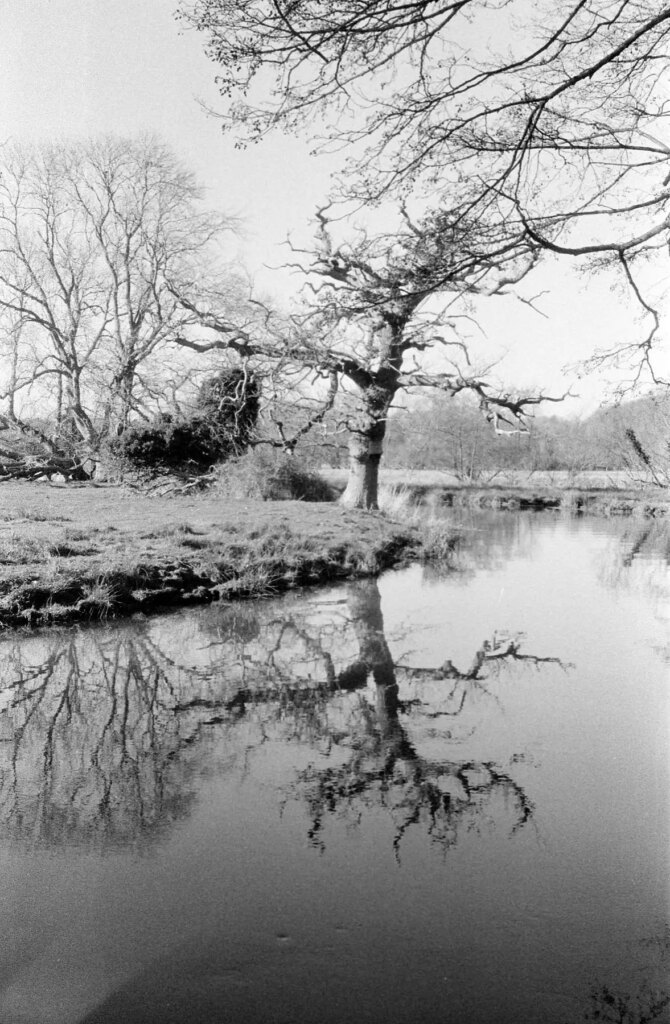
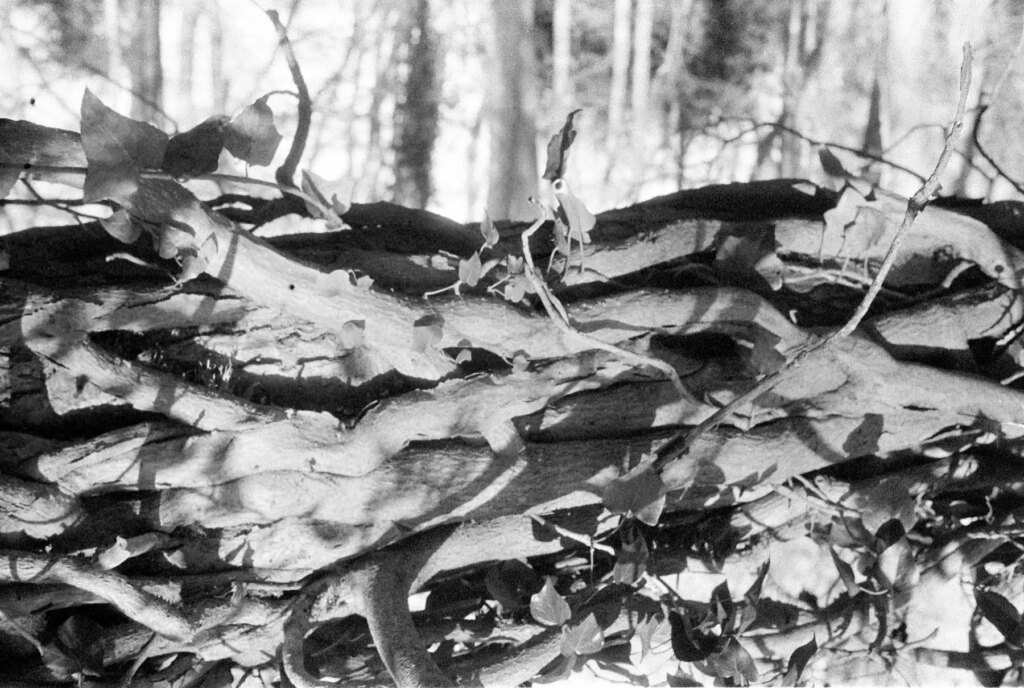
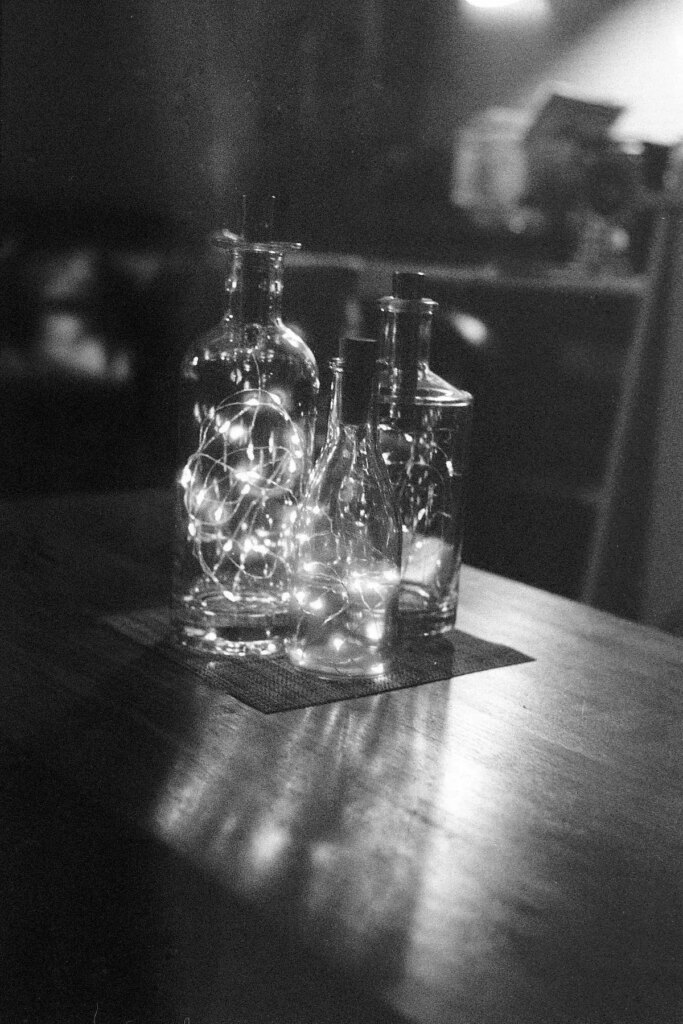
Graham
“The camera arrived on a clear, sunny day in mid-March. I thought I’d make the most of the weather so I jumped on my bike and pedalled into town with it immediately.
I’m not much of a winter photographer so I was very happy to feel a camera in my hands again and took it for a wander around Cambridge which has been my home since 1980.
I enjoyed using the camera. It was larger and heavier than I expected and felt well engineered. I would certainly recommend it to somebody who wanted to try their hand at film photography without breaking the bank. I used my trusty Weston Master III to measure the light.
My photos show some of the iconic university buildings in our beautiful city and some views along the River Cam. I think black and white works well for architectural shots and leafless winter trees. The film has captured both a pleasing depth of contrast and a wide range of tones.
Looking at these pictures I am immediately aware of the contrast between the sparsity of people out and about in March as things were just beginning to open up and the bustle of the busy student and tourist town I see today in mid July. An inadvertent piece of social documentary.”
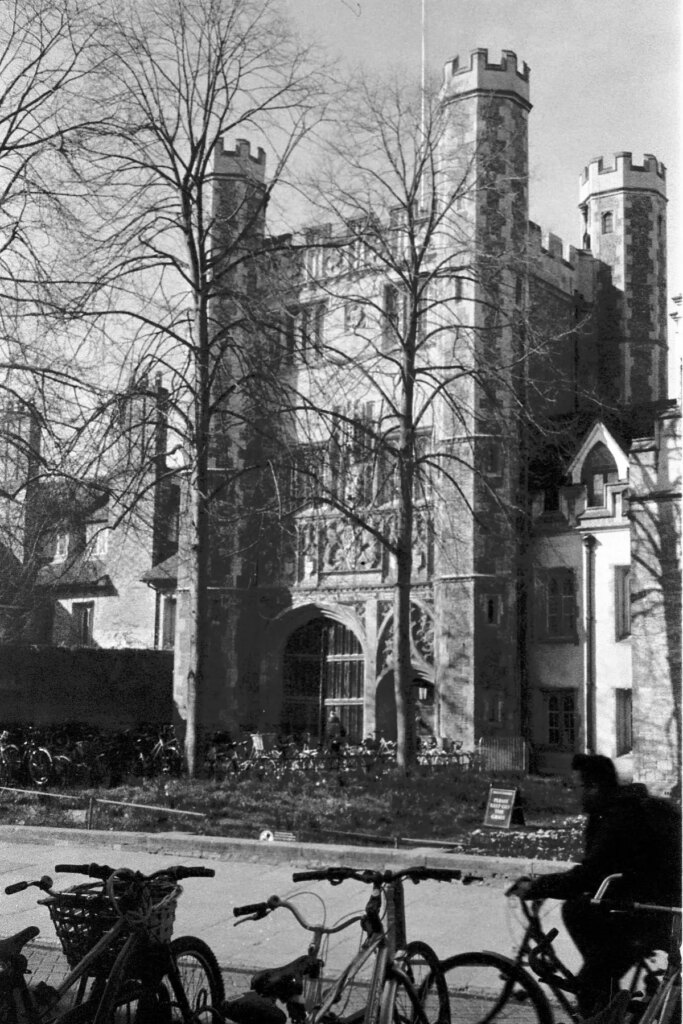
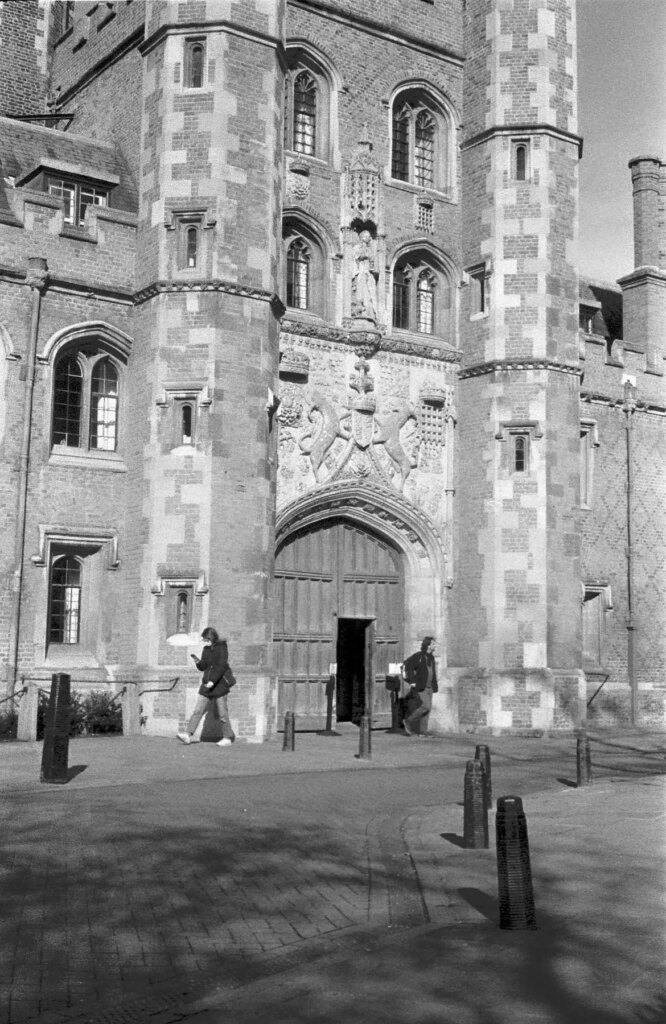
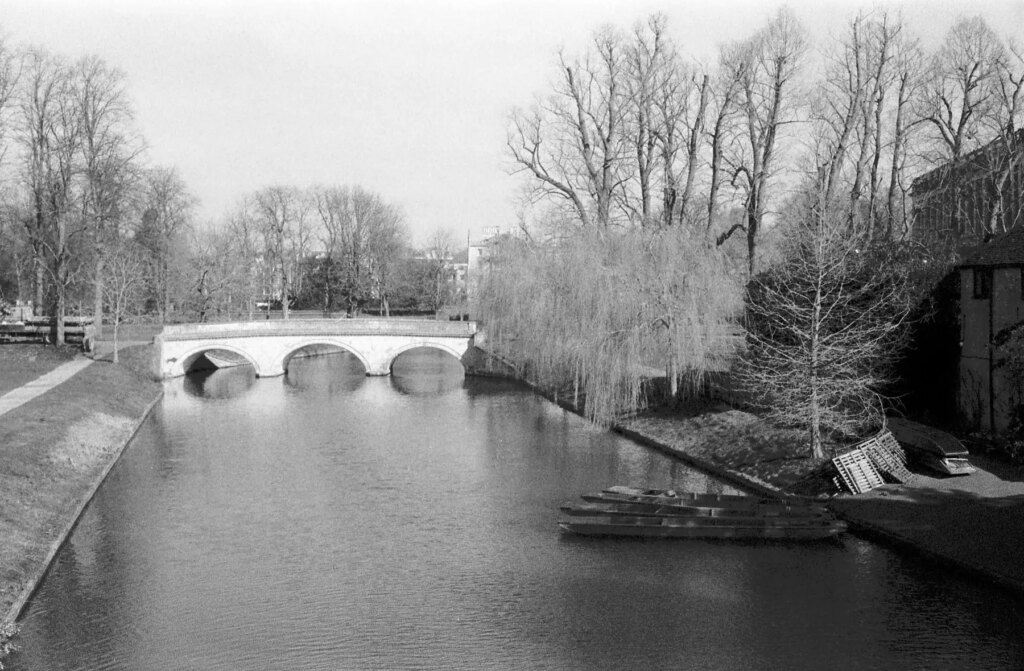
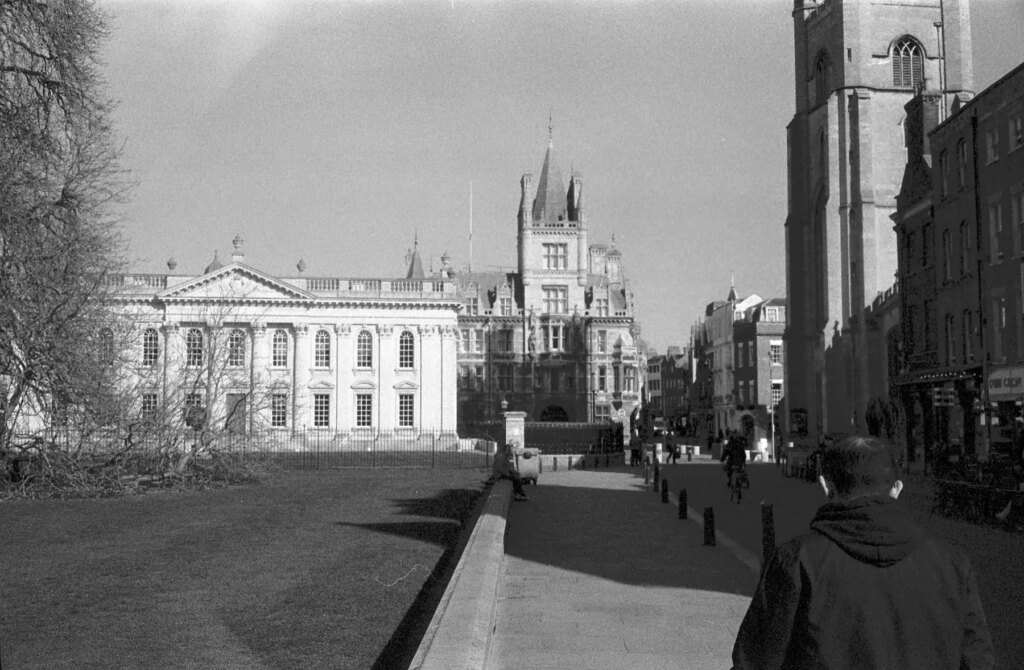
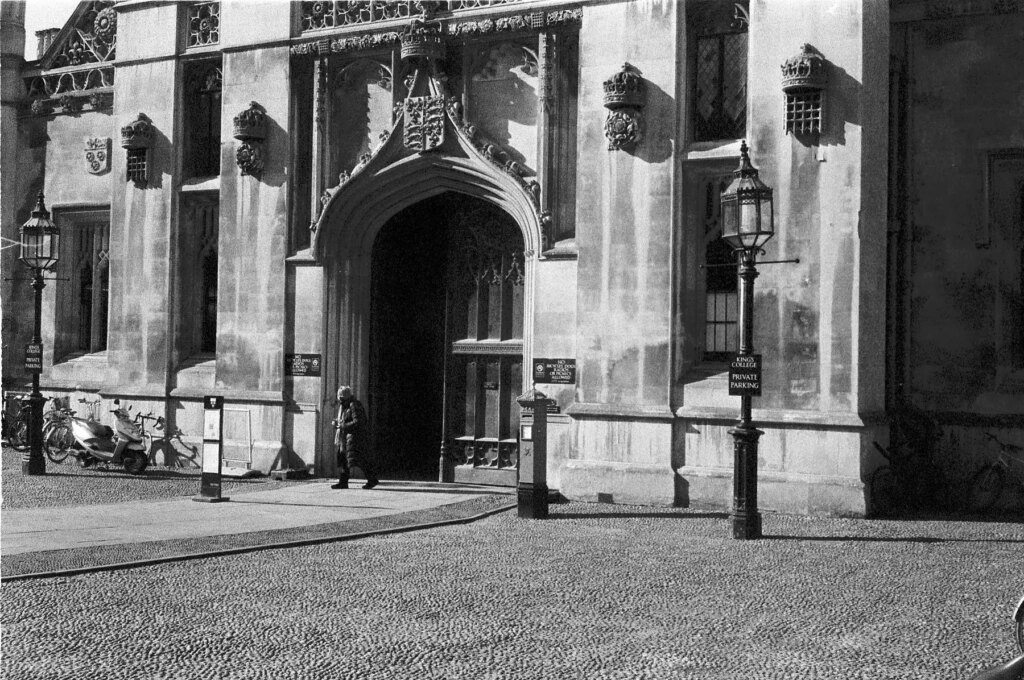
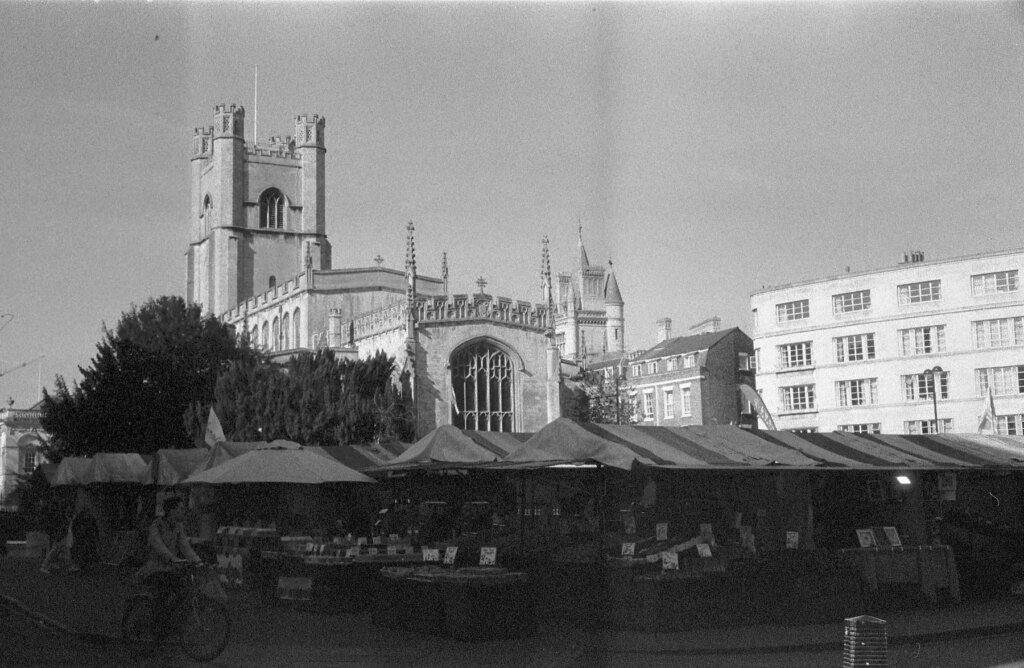
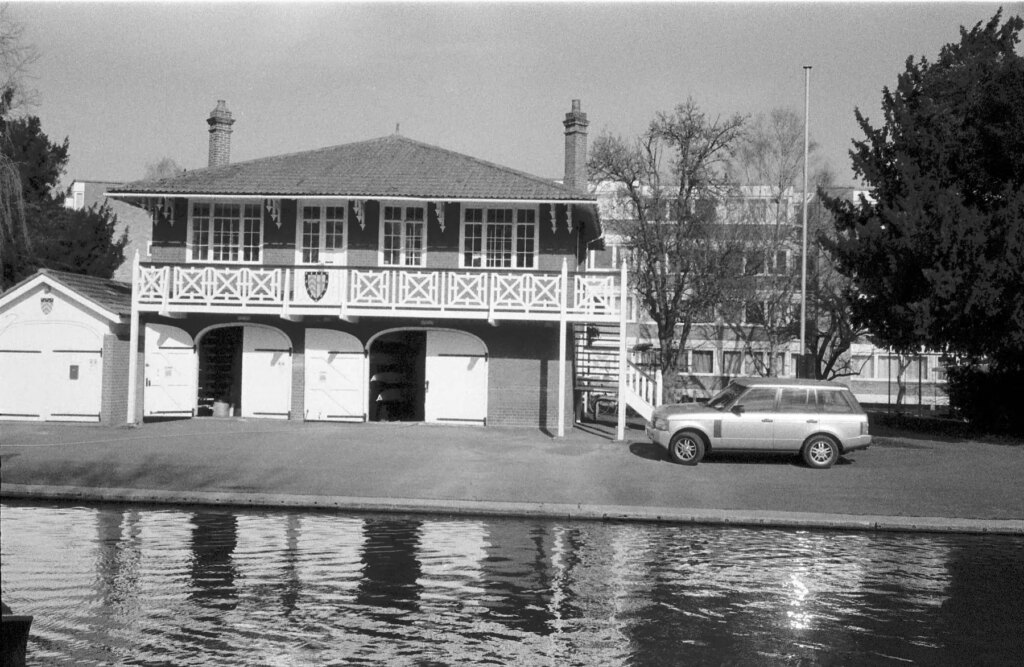
Tamara
“I’m returning to film after a few years of digital so this was both exciting and a bit daunting. The two windmill shots will be added to my own project of attempting to take 144 different shots of a structure that most people take exactly the same shot of. The two landscape shots were not well thought out and show Waddesdon Manor peaking through the trees in the grounds. The trees were quite dark and manor bright but I failed to remember the brightness of a dark blue sky. The remaining two I think were more successful – lying down looking straight up one of the trees on the avenue and a curious sheep who wandered over the say hello. All in all a fun project that forced me out of the door and introduced me to a camera I hadn’t heard of but now love.”
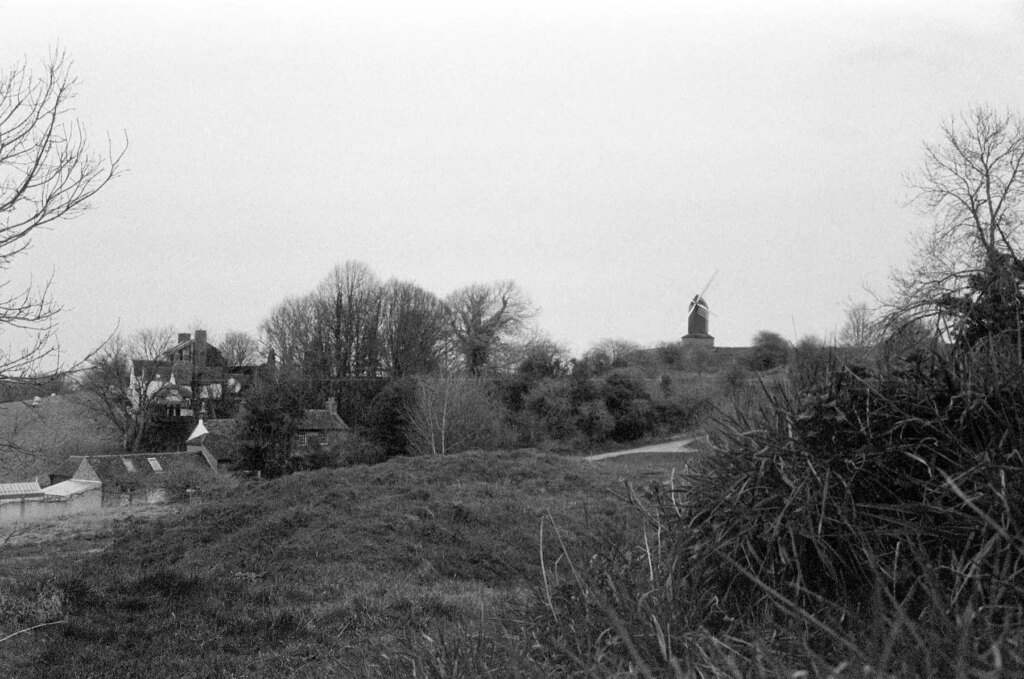
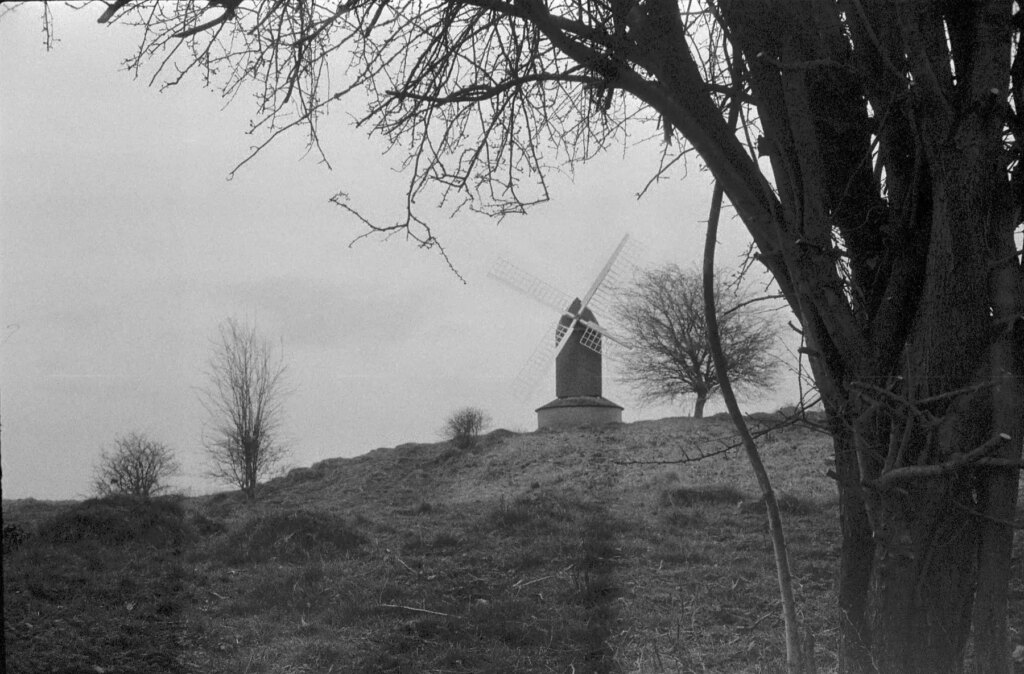
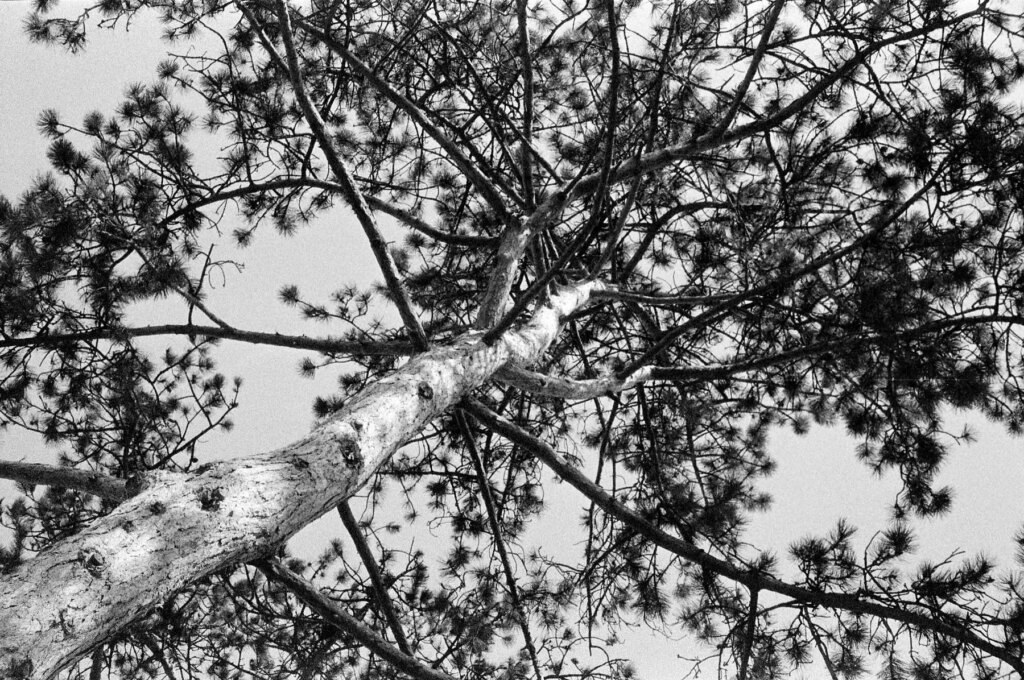
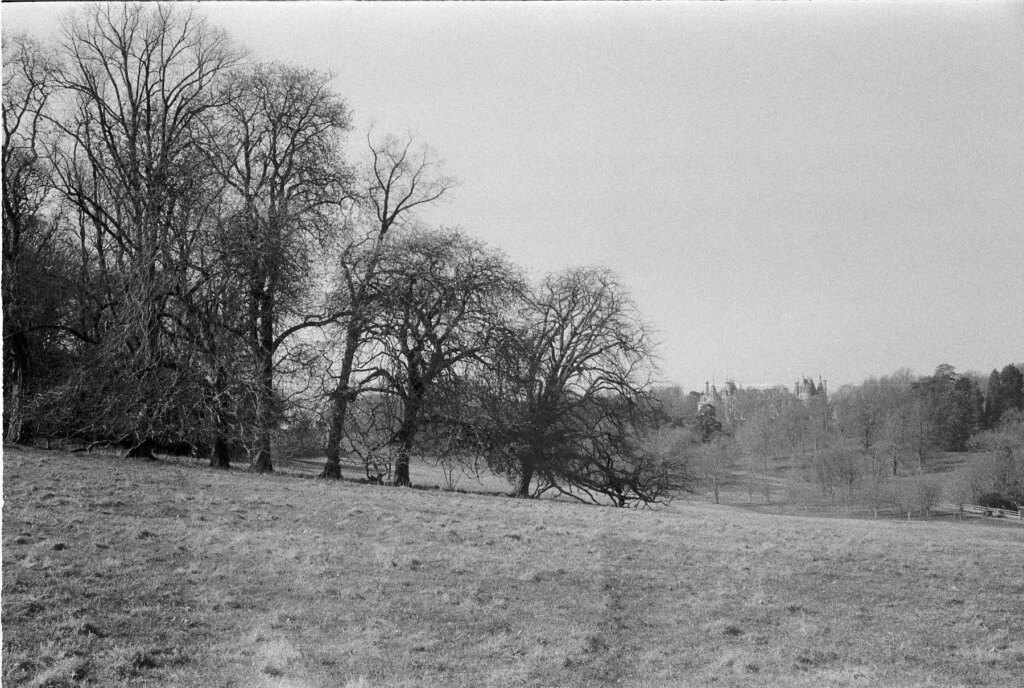
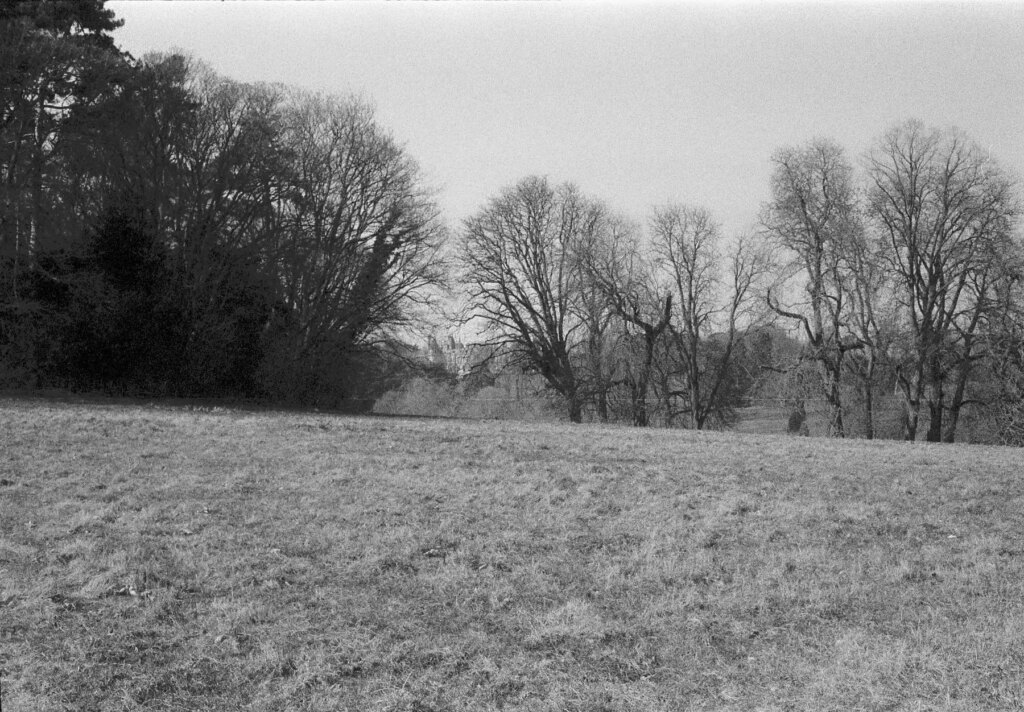
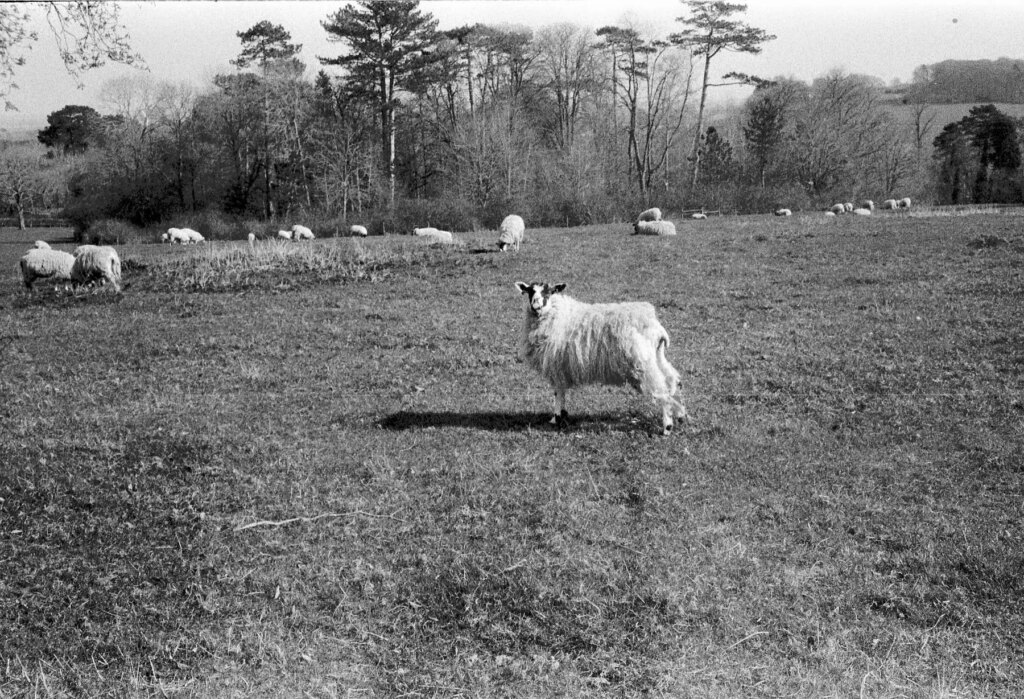
David
“The Canonet is heavy! And I have a number of similar vintage point and shoots to compare weight. The adjustable aperture was welcome – and no doubt adds to the weight, as my vintage travellers do not have the full set of variable aperture choices. Looking at the photos from the entire roll, I’d say the camera was a capable but heavy traveller, but there may be sharper, lighter cameras available. But it does show there is still loads of mileage left in these old machines and they deserve to be used.
I live in the UK, but thought I’d see how the Canonet would work as a compact travel camera, so I took it on holiday to Belgium. Belgium itself has far more to offer than frites and a pissing statue, as I hope these snaps show. All taken in Lier, just outside Antwerp.”
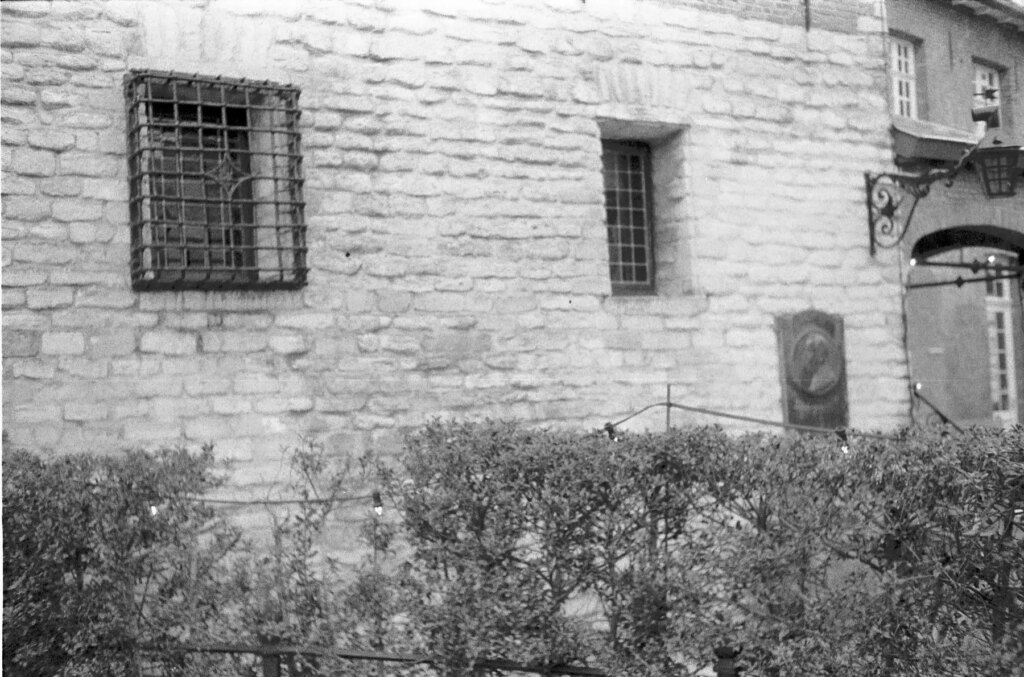
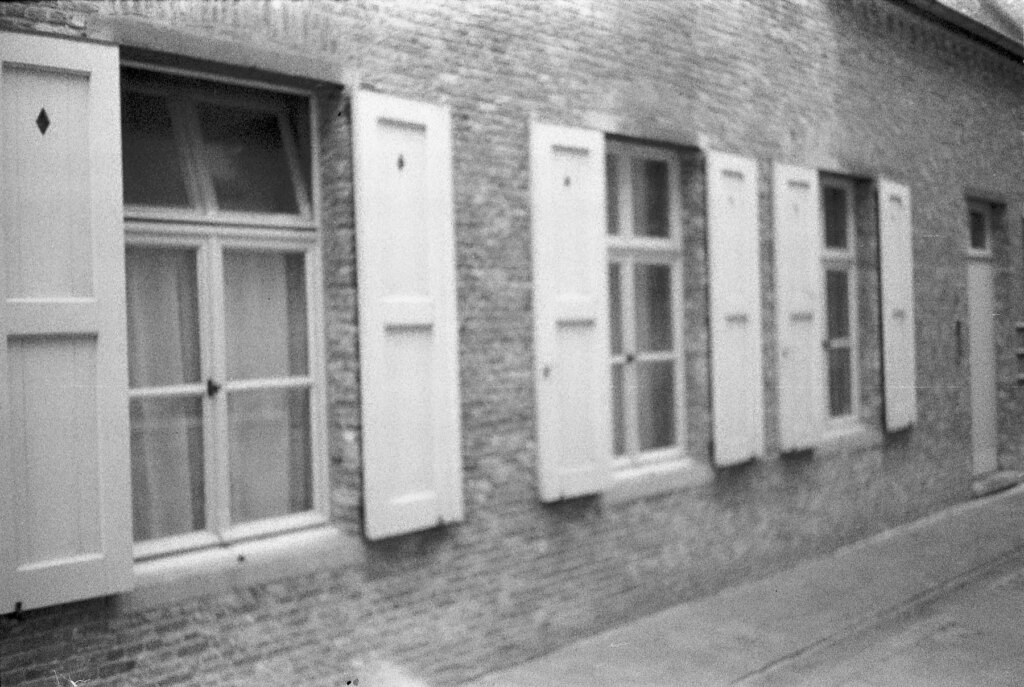
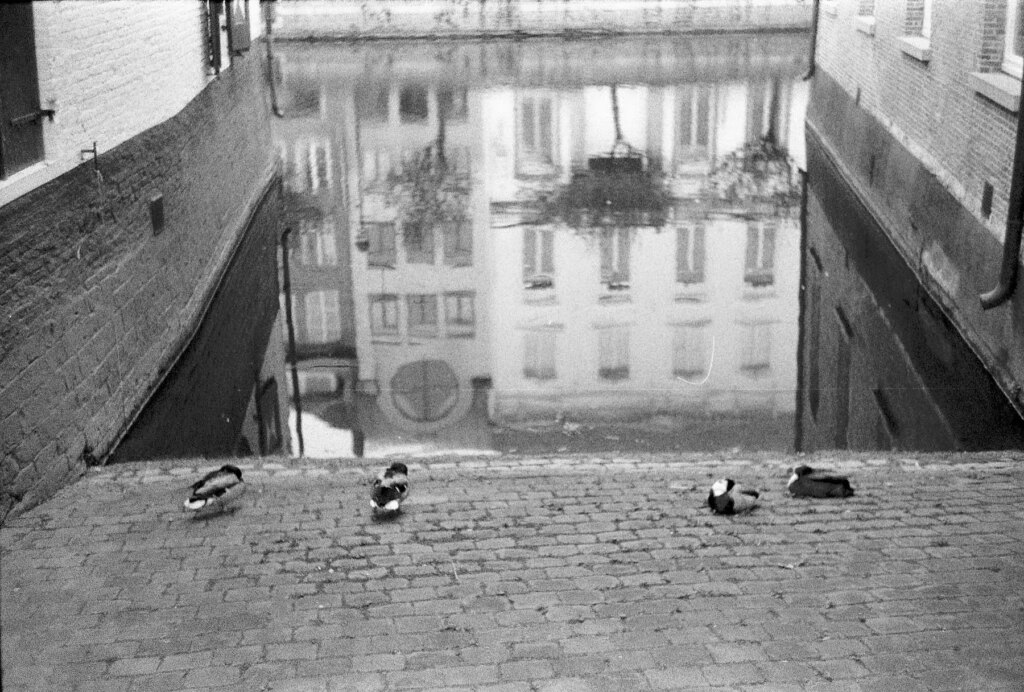
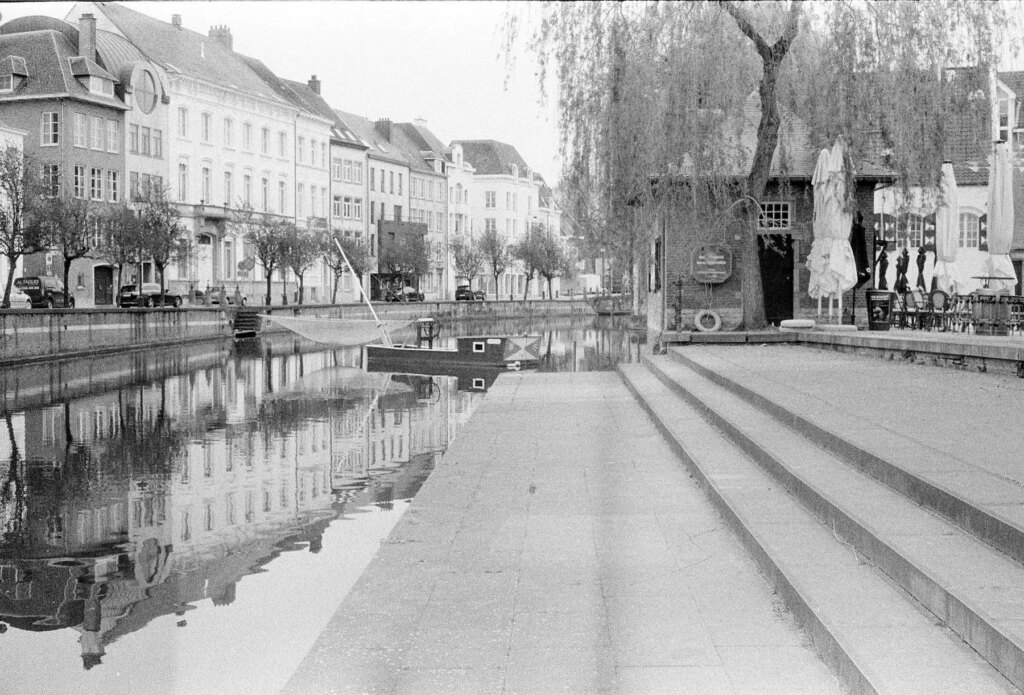
Nik
“The Canonet is quite a beast of a camera and obviously robust enough to be trafficked around the world over the past year or two. Looking at the instructions that came with it (it was a while again now) I seem to remember that there was something in there about sticking/slow aperture blades that I couldn’t quite work out and maybe something about the metering. Either way, I metered using a handheld and used the Canonet as a sort of point and shoot – TBH, I hadn’t done any research on what the Canonet was when I signed up and was actually expecting a little Trip 35-type camera. All in all, it was a bit too quirky for me.
When it arrived, I was in the middle of framing and hanging an ‘open studio’ exhibition here at home in Oxfordshire in the UK, so I used it to document a bit of that process.”
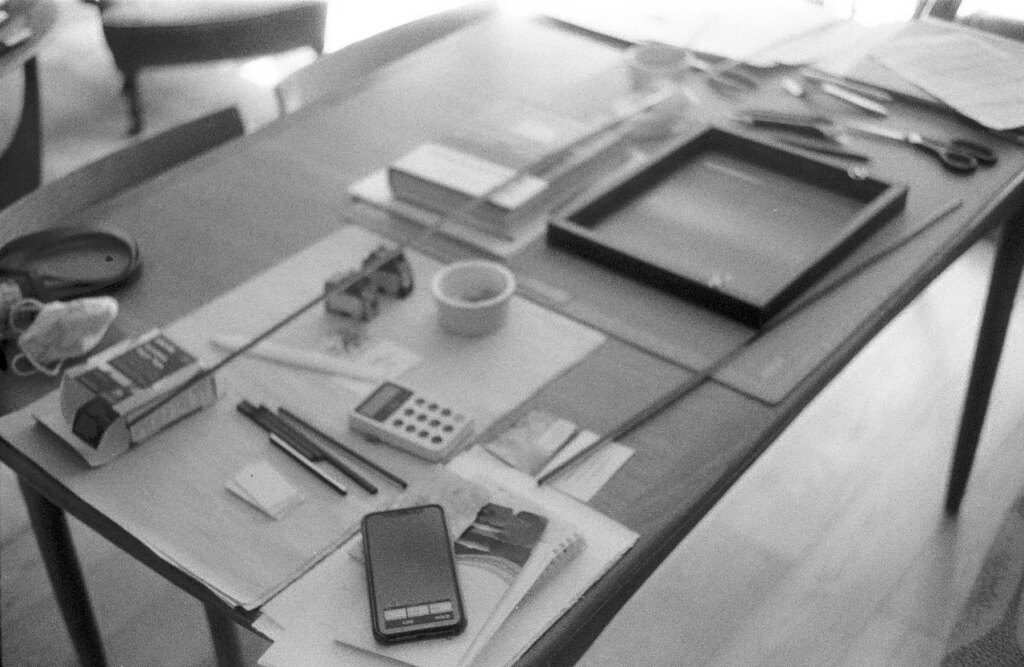
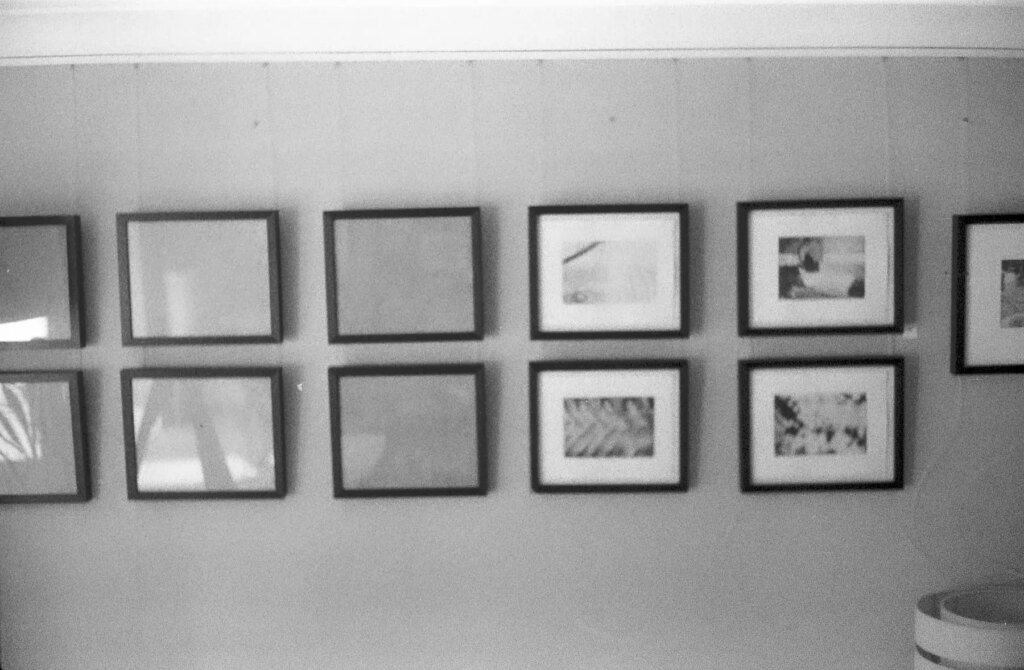
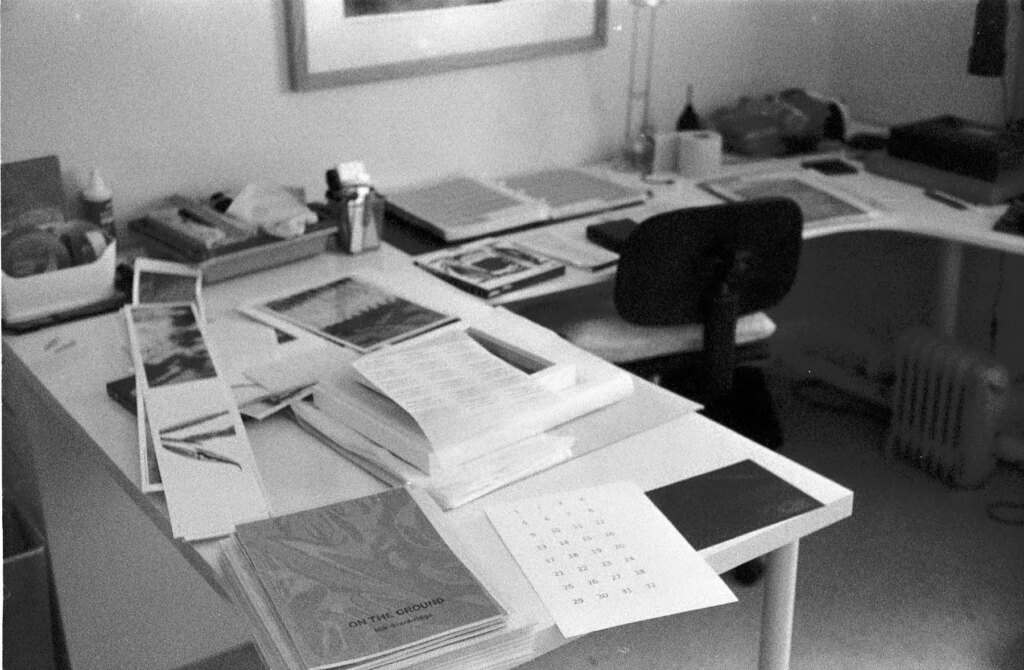
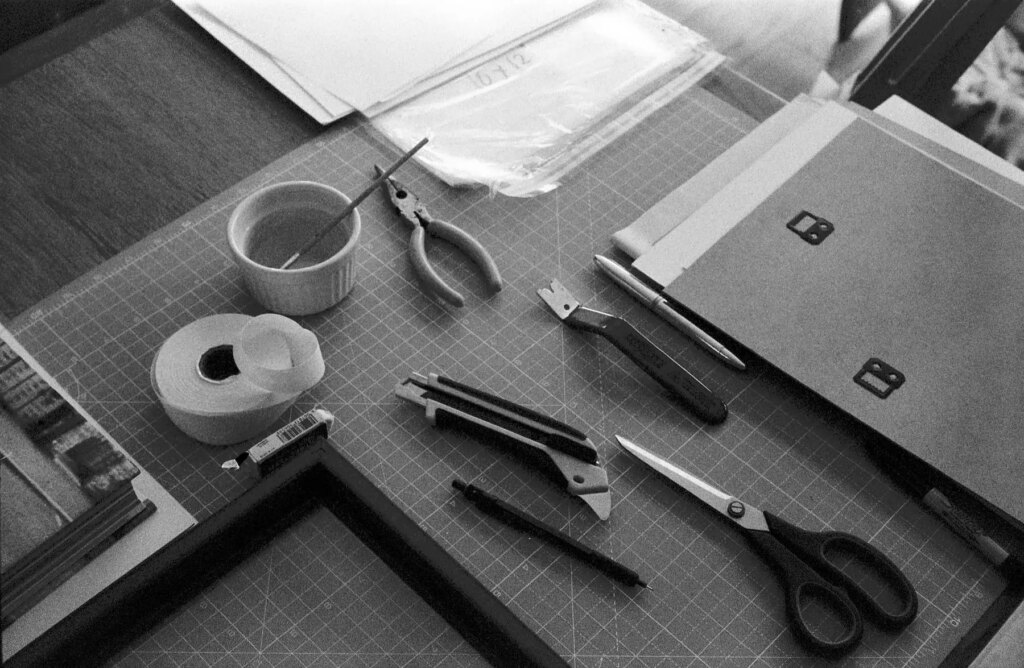
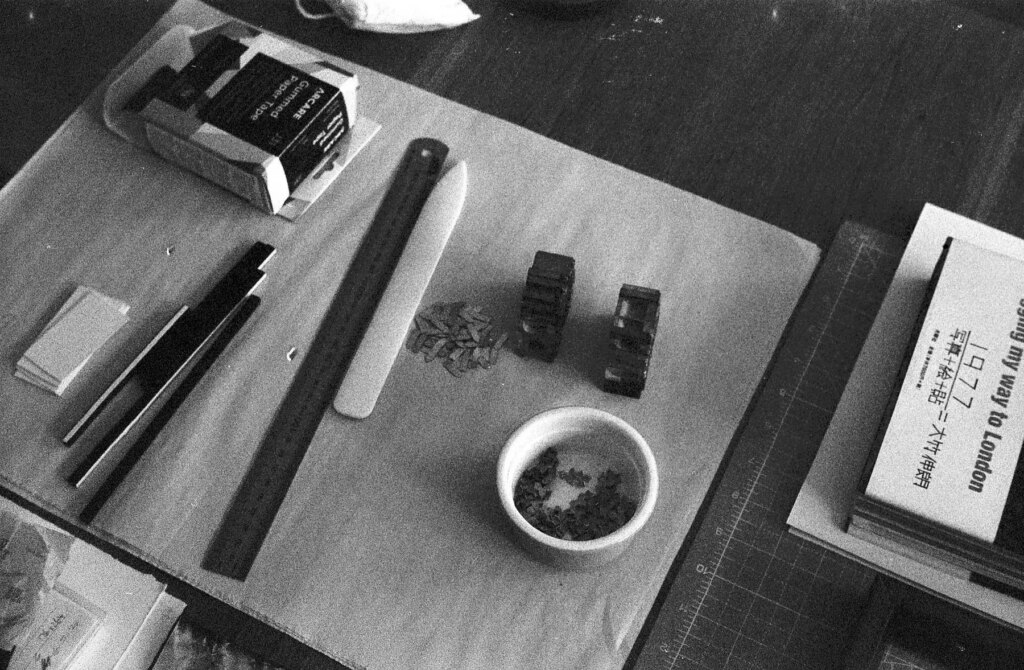
Lee
“I have been looking at getting into film photography for a while and I thought this project would be a good induction. As this was my first time using a film camera, I was a little hesitant upon receiving the Canonet. I first grabbed a manual online to understand the controls. I tried a test shot and then one with the timer. These are simply of my lounge window in Worcester.
For my first real shot, I took the camera to Austria with me on a work trip, with the intention of getting some real beauties. Alas, I took one from the balcony of the hotel, still feeling trepidation using the camera.
Back in the UK, I tried to take two shots from Malvern Hills, but these appear to have gone unrealised by a failed shutter opening.
I went out into nature on another occasion, not far from Worcester, and took a shot of a field with some cows in it. It didn’t turn out well, but to me, the view was stunning.
My last shot was my masterpiece – a shot of Worcester Cathedral from Worcester Bridge, with swans aplenty. Probably the best place for a picture in Worcester.
I’d reached the end of the film and the time had come to change it for a new one, as per agreement of the project. I was happy to oblige and studied the method for swapping a roll carefully, as I didn’t want to ruin other’s hard work. I have to say, I probably took more pleasure changing the film than I did taking pictures.
As I stayed in auto for all my shots, I possibly did not use the camera to its full potential. But it has given me the bug. Now it’s time to find the funds for a Nikon F3T.”

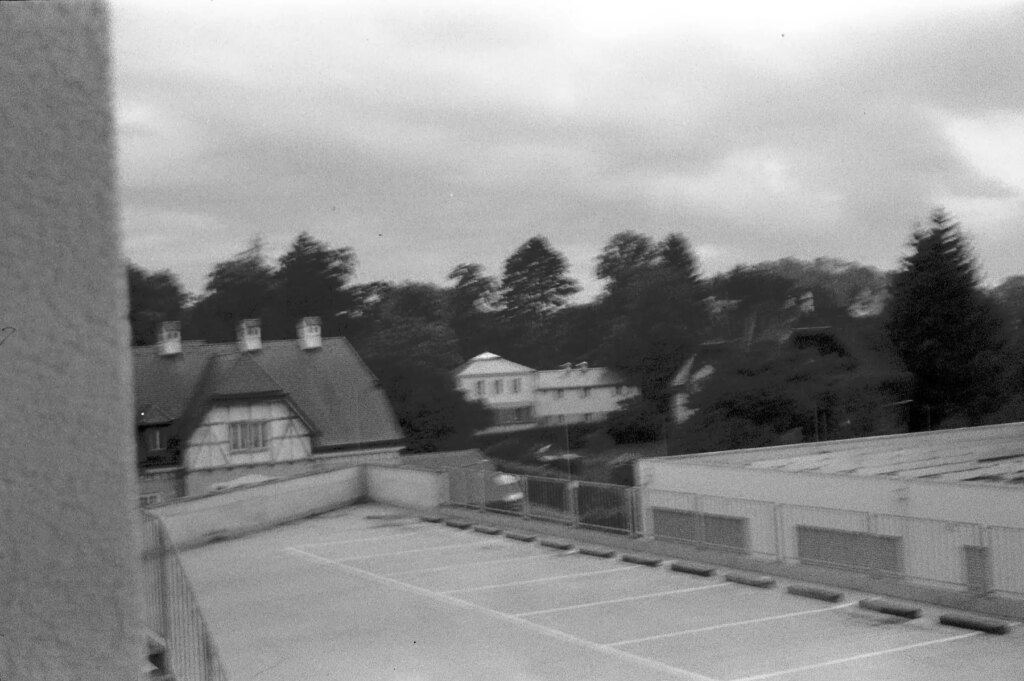
Frames 33 and 34 were completely blank – the shutter does not appear to have fired.
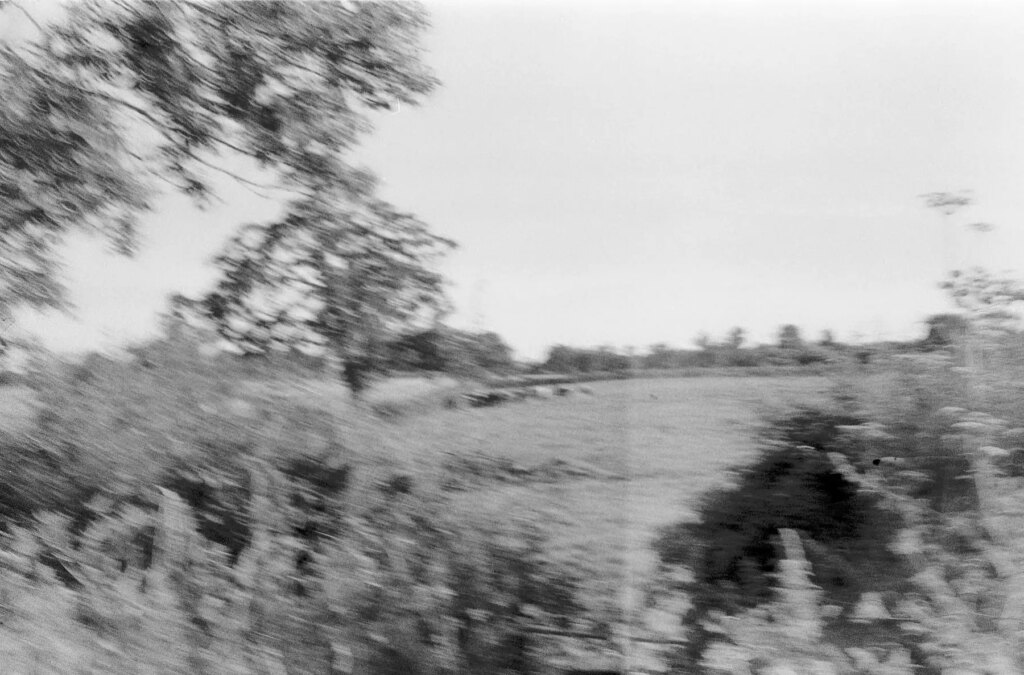
Frame 35 was also blank.
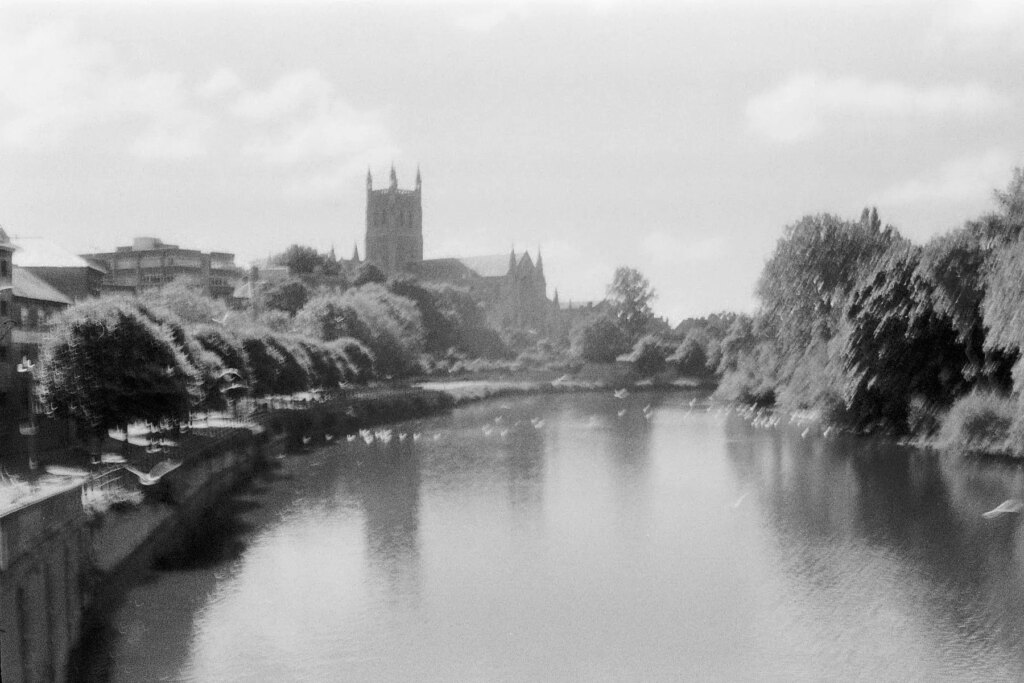
Many thanks
My thanks go out to all participants. I’ve been really impressed that people are prepared to share their shots via these posts. I’m also impressed that the cameras had held out so far – remembering that the newest of them is over 50 years old and that postal services don’t have an exemplary reputation. I’m very much touching wood when I say that I think we have been lucky to get this far without loss, damage or significant malfunction. I was rather releived that Frame 36 came out as it suggests that the shutter is still operating, but as with the first film, sometimes fails to cock properly. Fingers crossed for the next roll!
It is good to have been a part of a project that has drawing together people from across the globe.
Share this post:
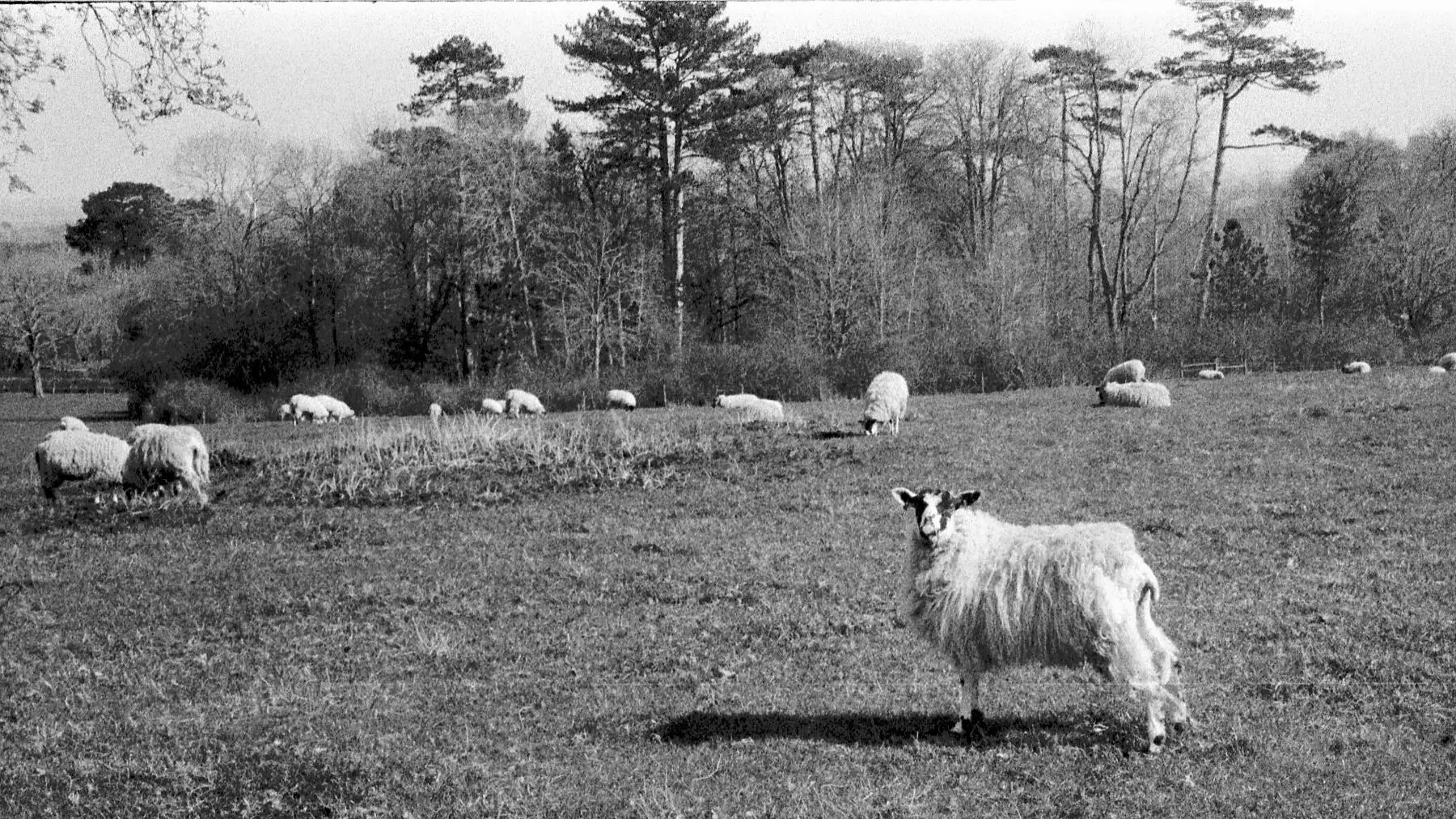








Comments
No comments found